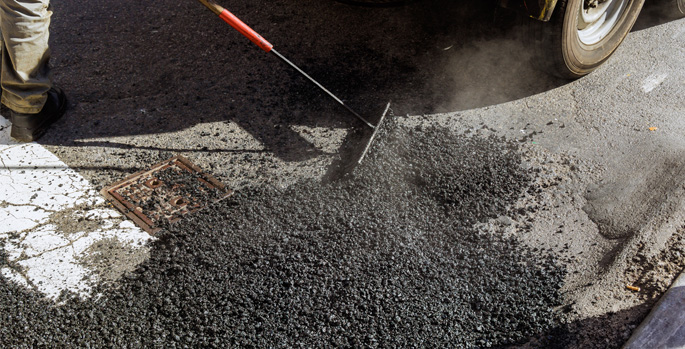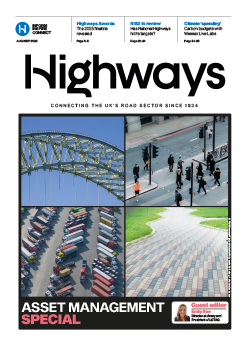Luton Council and VolkerHighways are trialling Asphalt-IQ to capture and visualise data on roads resurfaced and patching repairs across Luton.
Asphalt-IQ’s digital app is being piloted to calculate carbon emissions from roads resurfaced and patching repairs. By inputting information about each scheme, the app will automatically generate carbon output in under 60 seconds.
Asphalt-IQ allows the highways industry to capture carbon at the source of each surfacing and patching scheme, with geo-locating data with Smart A-Tags and smartcards meaning accurate information can be collected and stored centrally.
An app has been developed for the contract which uploads data to a central office via the scanning of a smartcard or road tag that is embedded in the road before compaction. This data helps generate a detailed history for each road.
For future data collection, either scanning the road tag or viewing the dashboard will display the road’s full history, with detailed carbon information.
Asphalt-IQ states that this will offer ‘valuable insights’ into the successes and failures with the road surface, leading to ‘more informed decision-making’ for maintenance and improvements.
The trial started at the beginning of April and will include data collection that will be used to evaluate its effectiveness and determine whether the trial should be adopted permanently in the future.
Cllr Javed Hussain, portfolio holder for highways and sustainable transport at Luton Council, said: ‘By trialling Asphalt-IQ, we’re not only improving the way we manage our roads but also taking a significant step towards meeting our climate goals – part of the Luton 2040 vision.
'This technology gives us the data we need to make decisions that benefit both our highways and the environment.’
Jerry Pert, operations director for VolkerHighways, said: ‘During last year’s surfacing programme, we resurfaced 37,420 m2 of roads across Luton.
'Asphalt-IQ will give us better visibility on the carbon generated on each scheme, as well as materials used and other useful information. In turn, this will help us to accurately calculate our carbon footprint and enable us to offset the impact by making positive, lasting differences in the local environment.’






